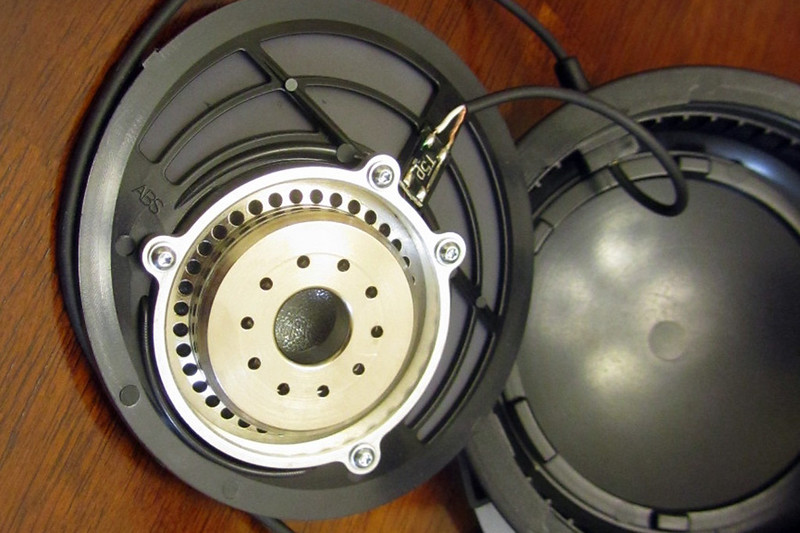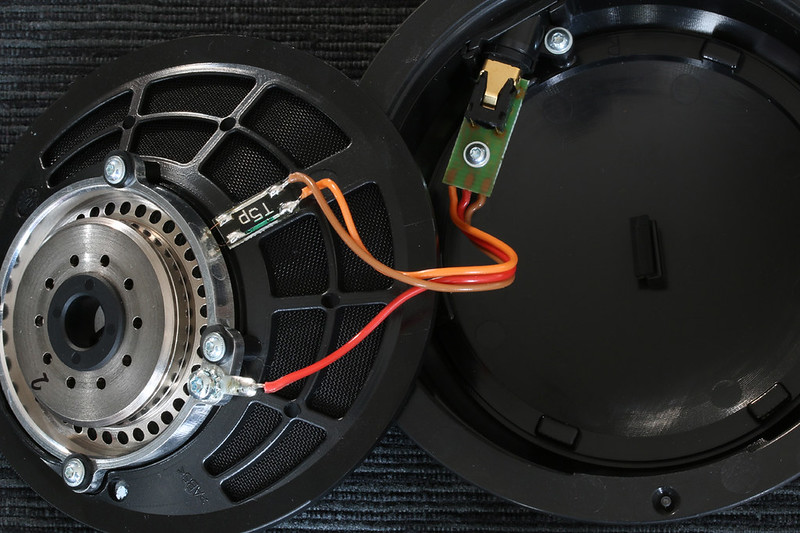Re. T5pG2s - I have a lot of testing to do* but I'm very pleased with what I've heard so far... !
*with two top (portable) sources as well as the different pads as I also opted to buy the T1 velour pads to see which I prefer in terms of comfort, acoustics and isolation.
Look forward to hearing what you think between the pleather and velour pads.
So better late than never, as the saying goes,
@vilhelm44
I finally got around to A/Bing the pads and wow... I thought for a second I had a pair of T1.2s on my head!!! Okay, it's been ~five weeks since I auditioned the T1.2s and thus
a grain of salt follows that statement
1.
Definite loss of Isolation and dramatic increase in leakage; [test method: a dense couch-pillow for insulation
] not only could I hear the song that was playing but there was only a slight difference (in leakage) compared to my open Grado 225s... ! With the regular pads, on the other hand, I could only hear certain peaks etc. - a good thing as these are marketed as closed cans
2. A
drastic decrease in bass, sub & mid. Good or bad... ? Let's just say I was missing it. I would almost swear my JHA Angie II IEMs had more mid-bass than the T5p.2s with the 1.2 pads.
3.
"apparent" increase in upper-mids / treble. I say apparent because it is always difficult to determine if it's a question of a treble increase due to pads absorbing / deflecting less HF or due to the decrease in mid-bass*
The problem is that the HF sounds a bit off. I scribbled down "tinny" and / or "metallic"
a few times too often during my test session. Despite this apparent increase, the T5p.2s still cannot reproduce HF like the famous Angies can, with their 4 treble-dedicated BAs.
4.
Sounds Stage / Air ...is "different". Not better - I don't want to suggest changing pads gets you that open-can feel but there is a definite change. I would even
dare suggest that it's wider but more 2-D than with the standard pads. I'm not 100% sure but ironically I believe I prefer the "smaller" but
more 3D presentation of the original configuration.
*If anyone can clarify how to make that determination, I would be more than happy to learn from you
When I was reviewing the T5p.2s along with the T1.2s and A&K T1s (32ohm) I found the latter two to be too "thin"
for my tastes and was more after the sound of the T5p.2s. Someone who likes all of them
(for example, for different music genres) might consider buying the T1.2 pads. At GBP 36 (
Amazon UK) / I would say it's worth the risk. For those who love the bass-response of the T5p.2s "as is"
need not apply
I still have the T1.2 pads on as I want to compare their HF response against my Grados some more as well as my "reference-neutral" Etymotics but I am 99% sure I will revert to the original pads.
Gotta have dat bass!!! Speaking of which, the T5p.2s sub & mid-bass response is much cleaner, tighter than my Grados. The Grados win in sheer quantity
(surprising for these open cans) but are on the boomy, slow side.





































